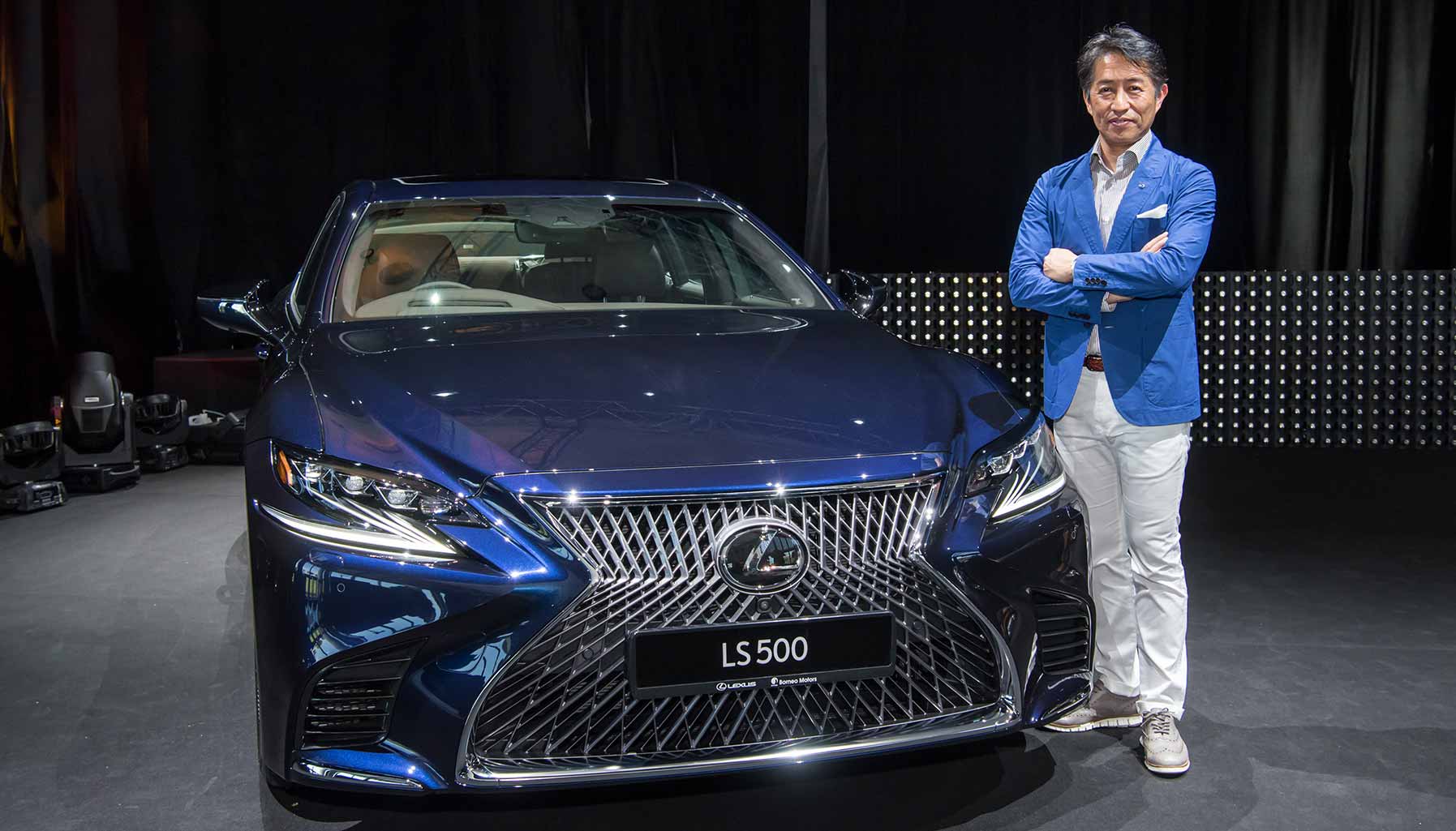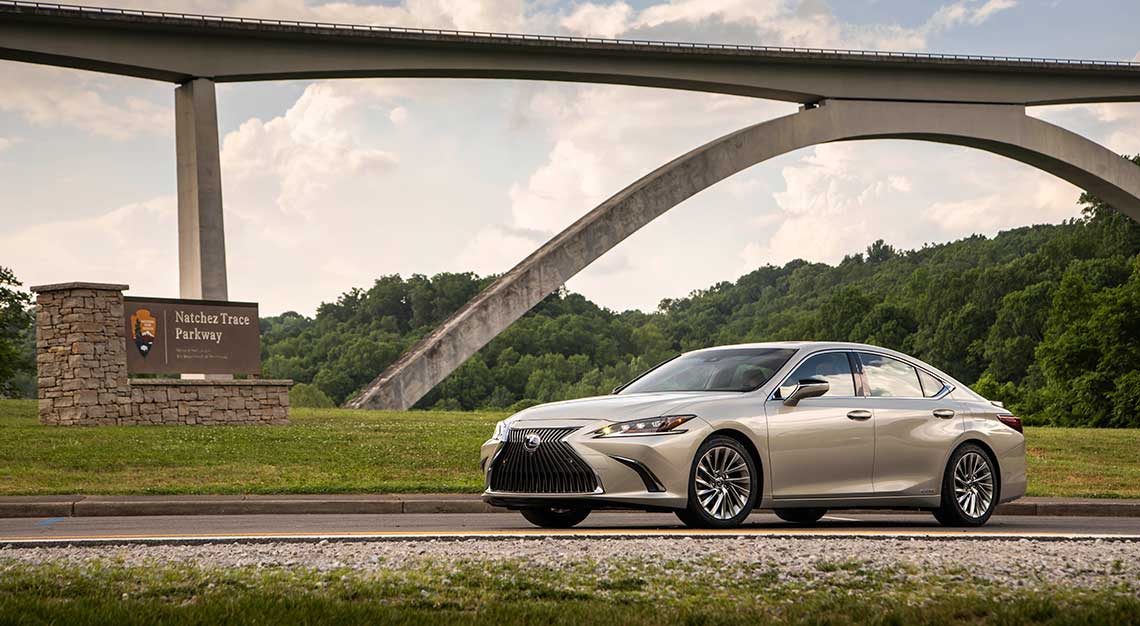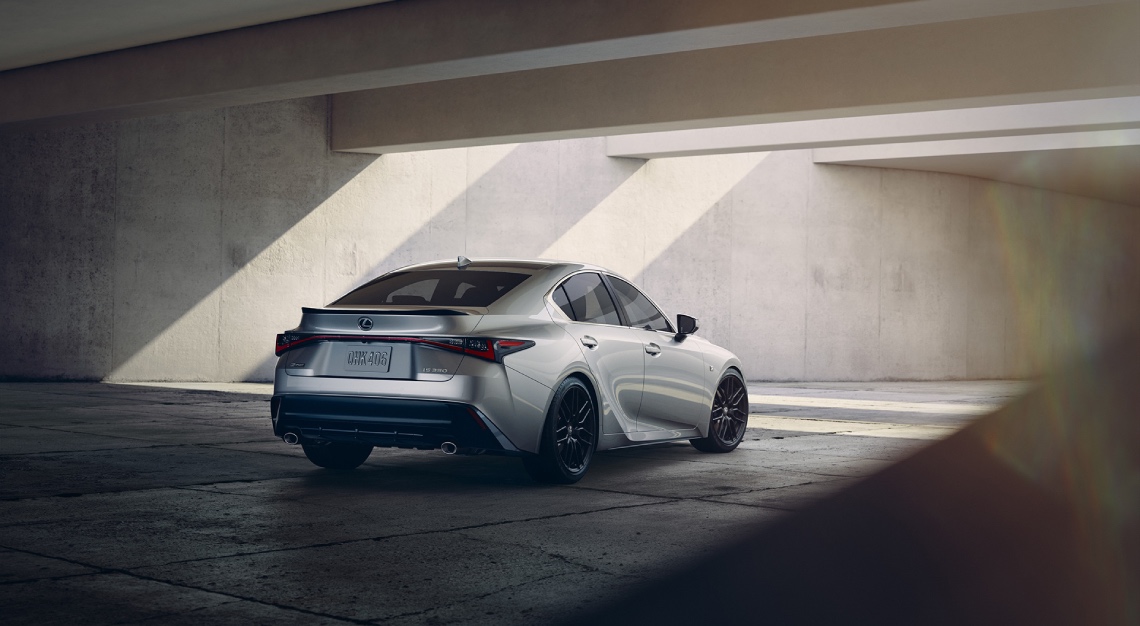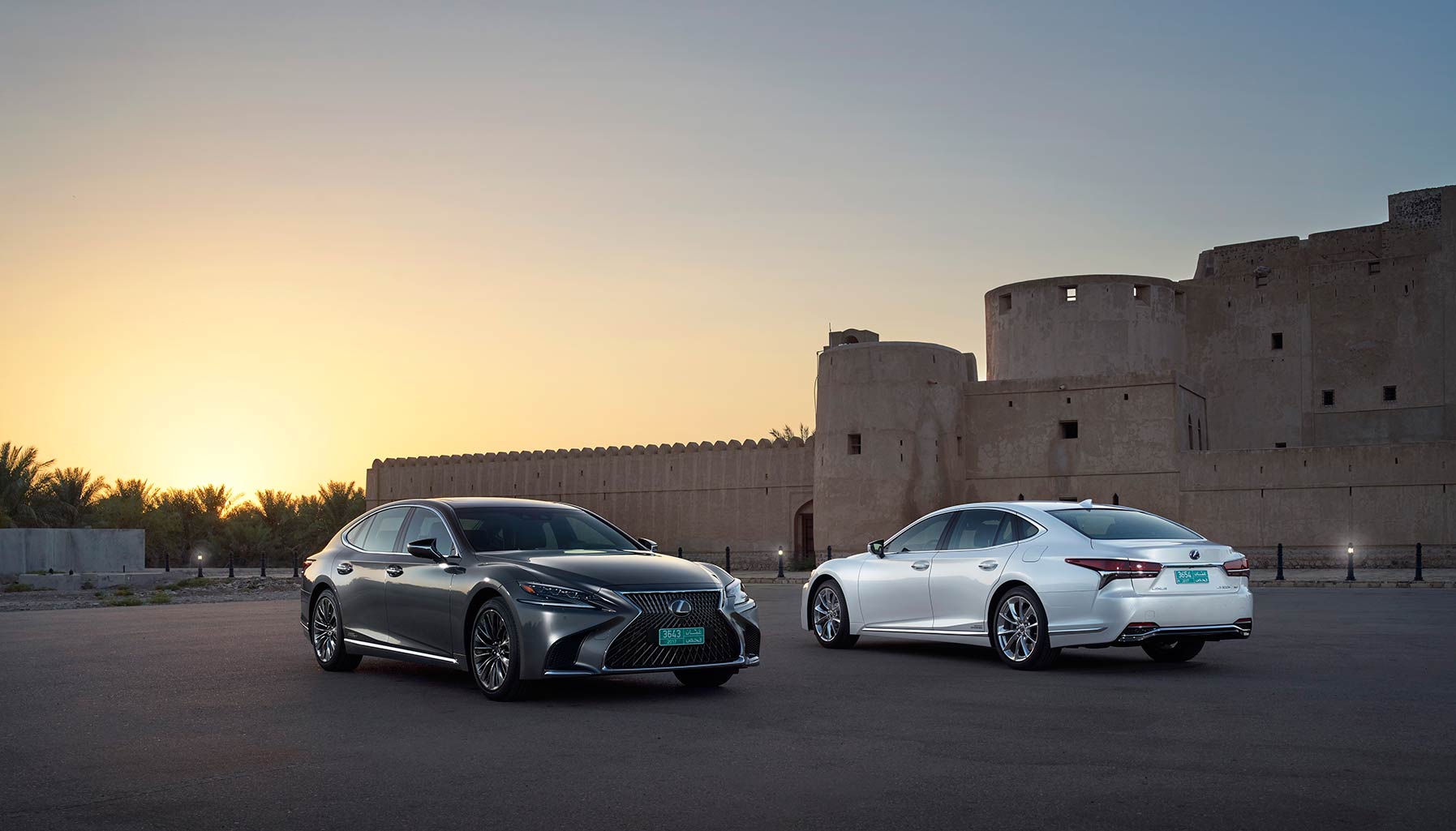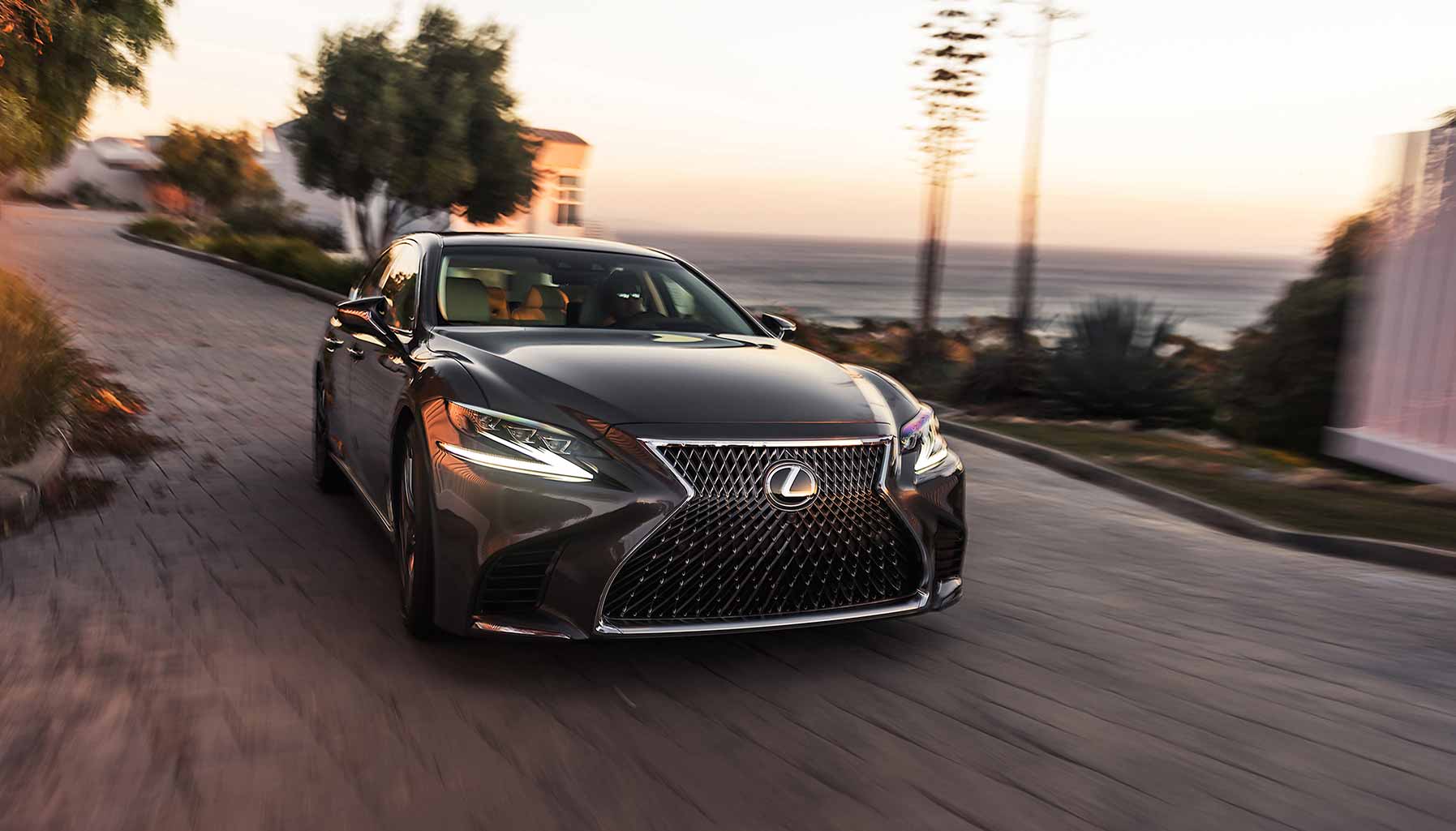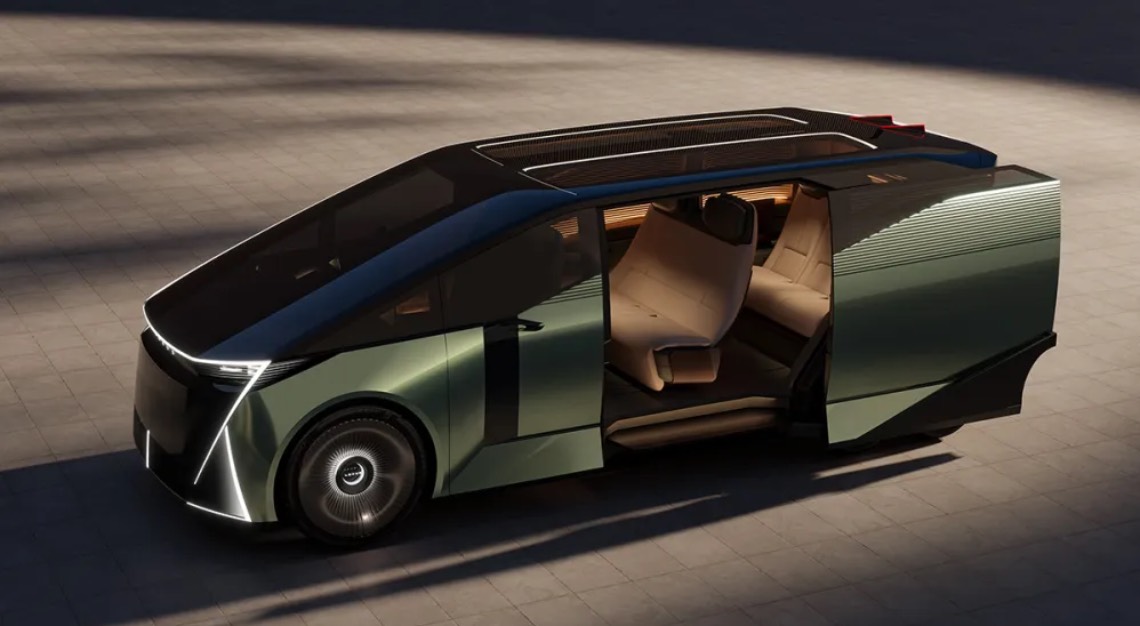What’s the drive behind Lexus’ designs? And is the luxury car brand capable of breaking out of its old, boxy designs?
You’ve read about our test-drive with the Lexus LS in Dubai and how four artists have been inspired by the fifth-generation luxury saloon, now meet the deisgner behind this limousine that could change Lexus’ path for the foreseeable future.
The limited-run LFA supercar did much to quash the belief that Lexus is only interested in customers who are rapidly ageing businessmen.
The fact that Lexus cars post-LFA (such as the Lexus LC and Lexus GS) were also styled with more panache and a new angular styling language underpinned by what the Japanese carmaker calls a “spindle grille” also helped. One of the people responsible for this design revolution is Koichi Suga, the lead designer of the fifth-generation Lexus LS limousine (showcased during the 2018 Singapore Motorshow), among others. Suga joined Toyota (the parent company of Lexus) in 1988, roughly when the first-generation Lexus LS made its debut.
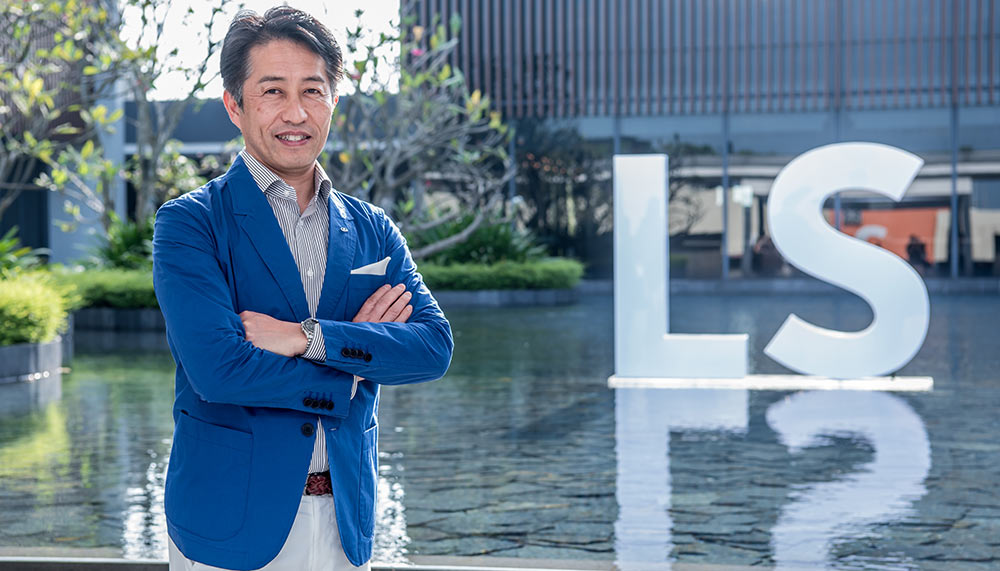
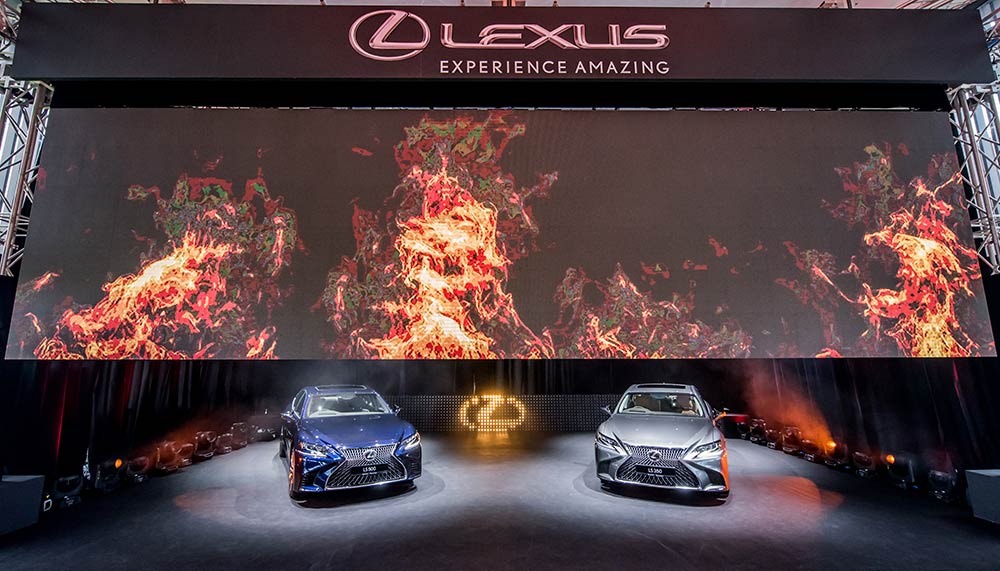
That model shocked the car world, mainly for how a Japanese carmaker – then seen only as capable of producing budget cars in the West – had the audacity to challenge the Germans in a segment they all but dominated. The fourth-generation Lexus LS, however, was deeply underwhelming, something that can be squarely blamed on its incredibly long 10-year life span, which began in 2007.
On the other hand, it did have quality and craftsmanship, something that has been the model’s, and indeed, the brand’s watchwords ever since the beginning, though in today’s world, that’s not quite enough.
Says Suga, “Other carmakers have improved their quality greatly due to modern manufacturing techniques, so in some ways we have lost our greatest advantage.”
But it wasn’t just the mechanicals that needed updating; the way it was styled also required a significant rethink. Suga acknowledges that the average luxury car consumer today is completely different from the same buyer three decades ago.
“People thought that Lexus cars looked boring. And the tastes of premium car buyers are changing. Previously, they wanted cars that were more formal-looking.”
He continues, “Today, they want a car to express themselves, so they want something unique. Therefore, we needed to improve the emotional appeal of our cars and a few years ago, we moved in a more radical direction.”
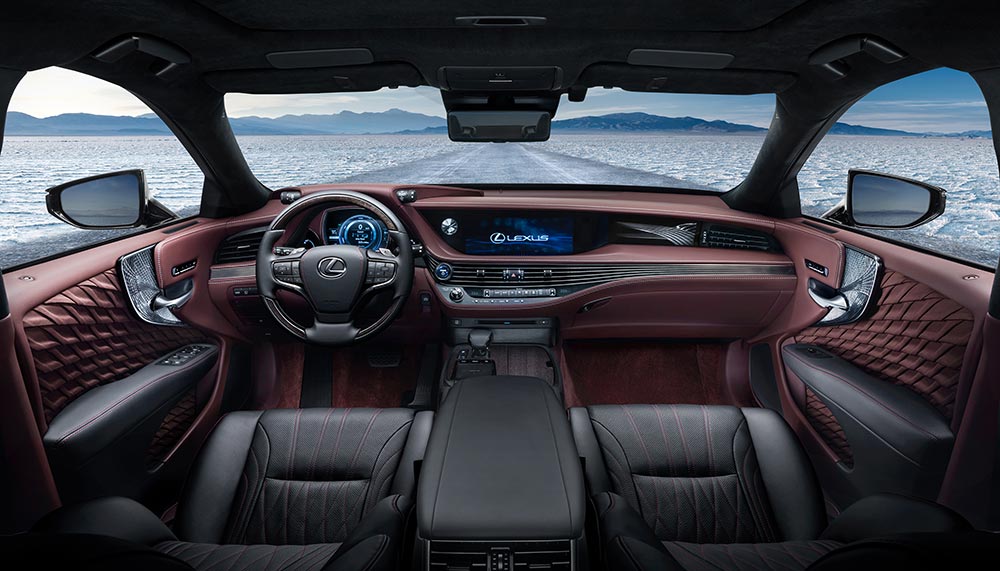
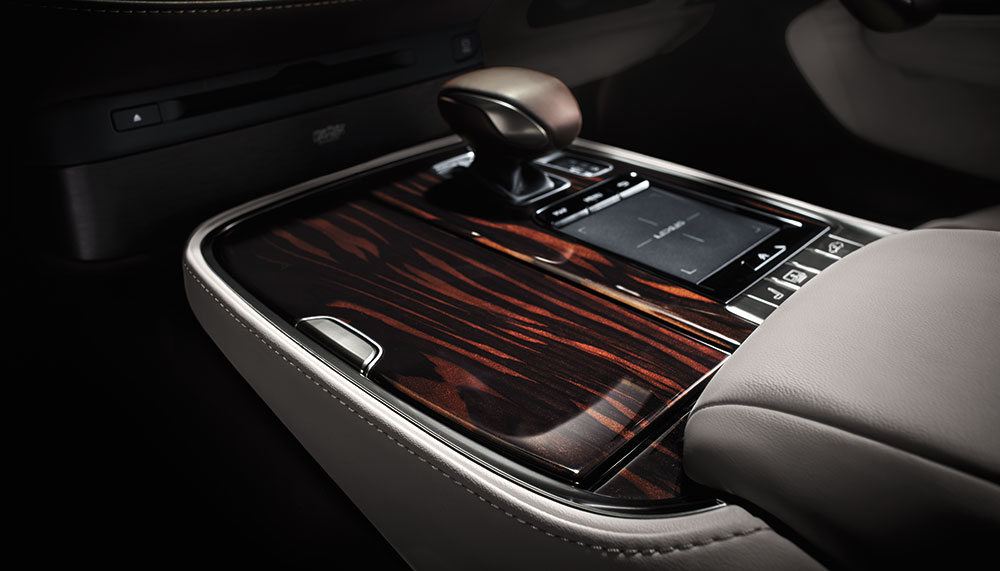
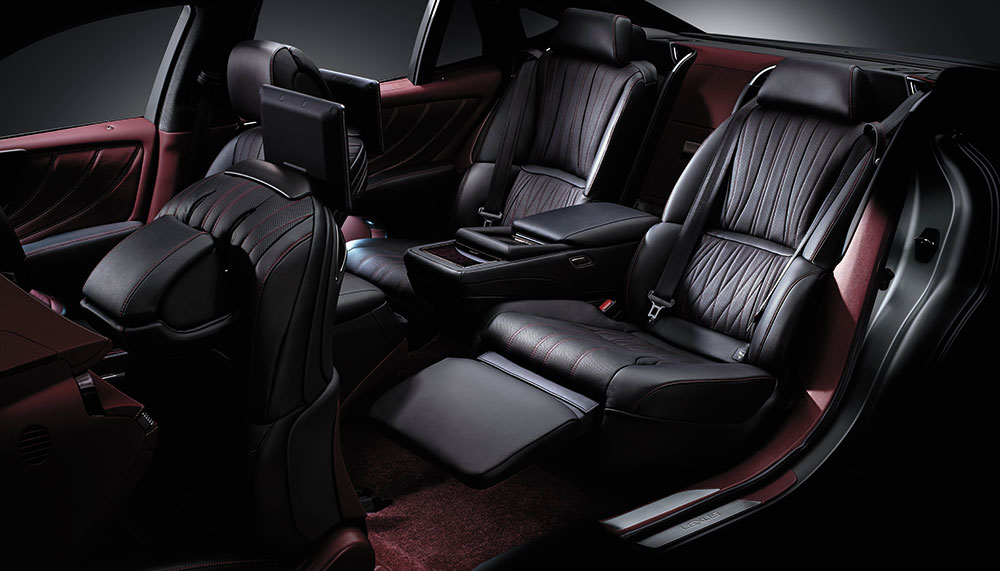
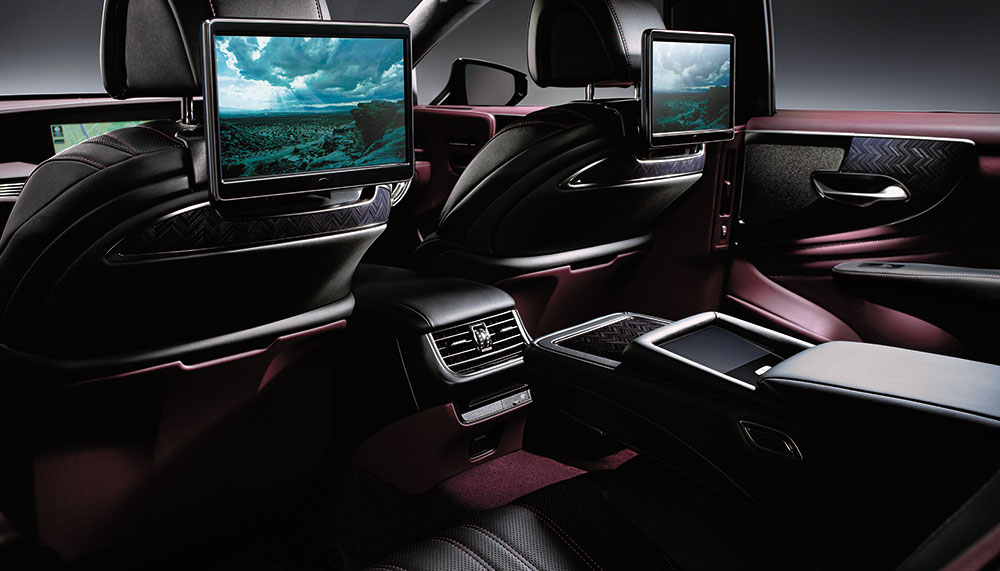
Needless to say, a radical shift in design direction may not be universally welcome, especially since it might alienate brand loyalists used to Lexus doing things a certain way.
It’s something Lexus is extremely mindful of, says Suga.
“Lexus aspires to be a different, amazing lifestyle brand, and if the Lexus LS remains a boxy limousine, it wouldn’t communicate that message to customers. But we don’t want to give up our appeal to loyal Lexus LS customers, so we designed the Lexus LS in a way that doesn’t give up anything when it comes to its emotional appeal or its classy nature.”
And boxy the new Lexus LS isn’t. Its long bonnet, cab-rearward profile and fastback-esque D-pillars give it the impression of a big four-door GT, not a flagship limousine.
Is it a bridge too far for Lexus, however? I put it to Suga that one such example is its latest Lexus RX SUV, which incidentally, is also a car he worked on. While he admits there are some who will think it’s over-styled with its multitude of lines and creases, he also says the decision to do it was conscious and deliberate.
“We wanted to go in a very aggressive direction with the car,” he says. This is in spite of how Suga says the Lexus RX is one of the carmaker’s top-selling models. Latest figures from the first half of 2017 showed that model alone accounted for a little under a third of the carmaker’s sales.
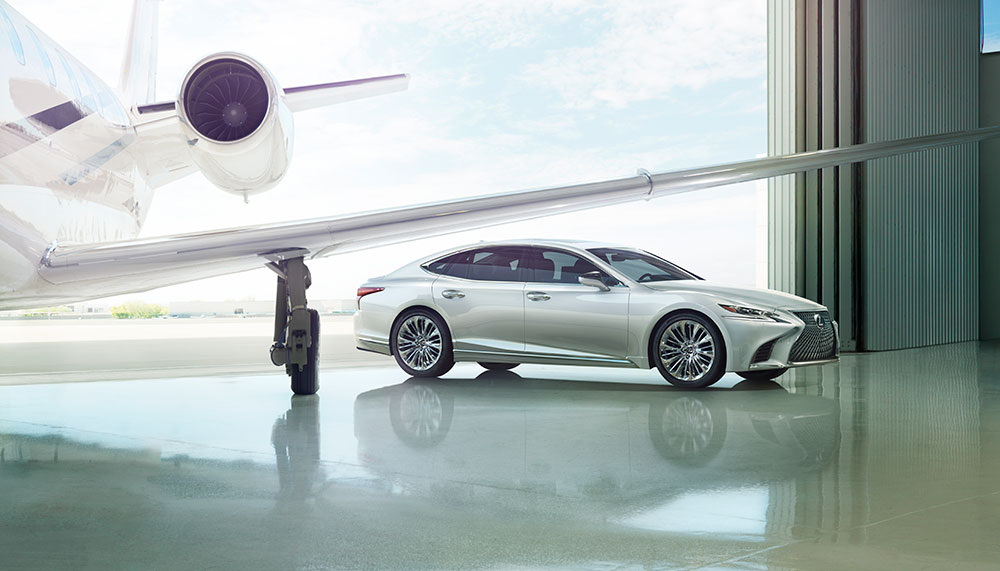
A risky move, then. And hardly one you’d expect from a dull brand.
Pushing the design envelope is a philosophy that Lexus, or at least Suga, holds dear.
It’s only a matter of time when driverless pods arrive, which will not only shift the balance of how cars are engineered, but also styled. Where does design belong in a world where a driver’s seat, and indeed steering wheels, are superfluous?
In the grim darkness of the future, can we all just look forward to being driven around in amorphous, egg-shaped pods?
“It’s a question all car designers are asking themselves right now, and they’re searching for an answer. And there are people who say that in the future car companies will become public transport companies, like trains of buses, which have a far lower commitment to style,” says Suga.
“But someone will always want to buy something special and exclusive, especially in the luxury market. So, someone always has to be thinking about style,” he concludes.
